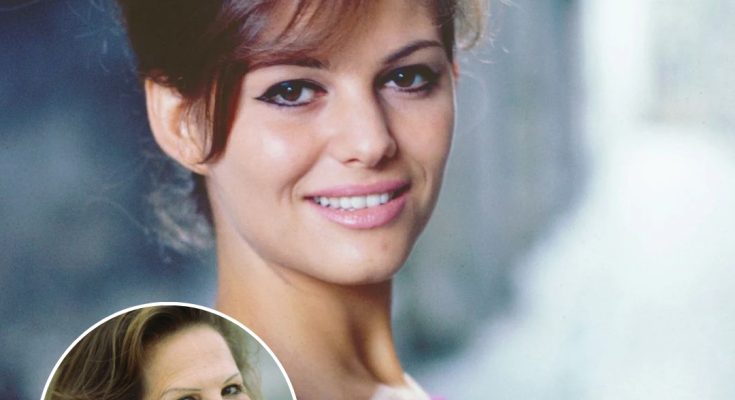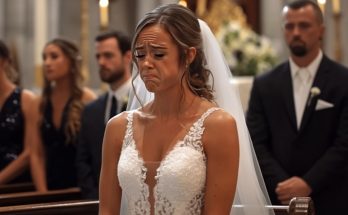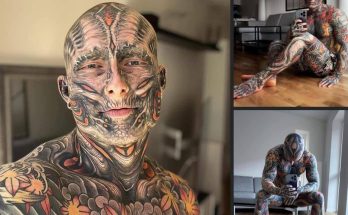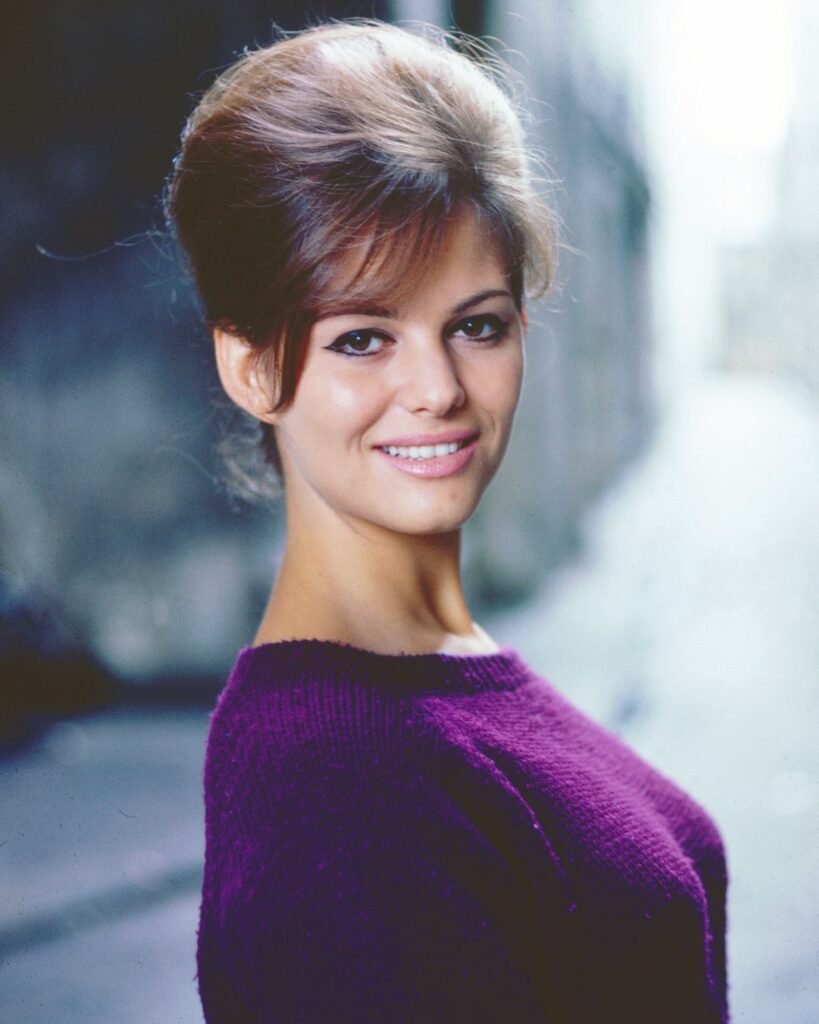
During the heyday of Hollywood, Claudia Cardinale, an Italian actress, enjoyed considerable prominence. Throughout her successful career, she has starred in over 100 films; her busiest years were 1960 to 1970.
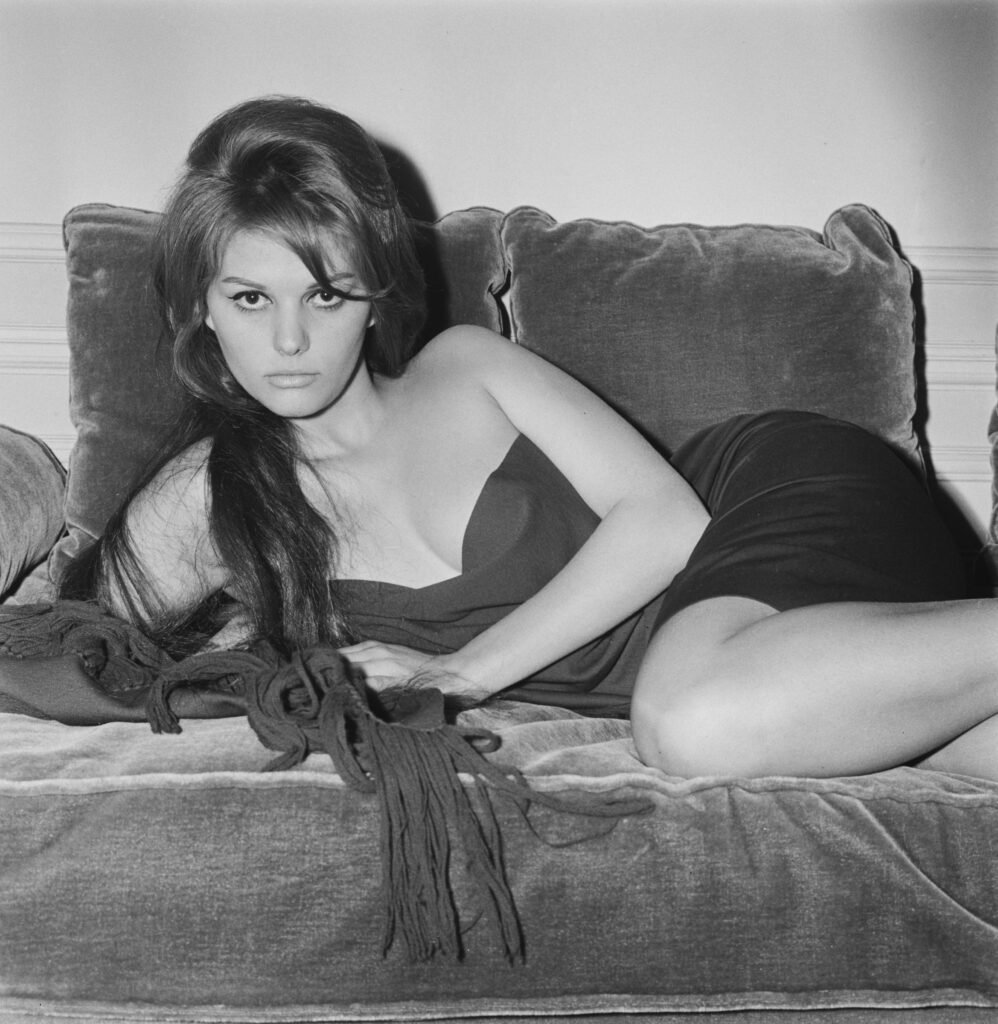
She starred in around thirty movies in this decade alone, including classics like “8½” (1963), “The Leopard” (1963), and “The Professionals” (1966), in which she costarred with Burt Lancaster and Lee Marvin.

The iconic Sergio Leone-directed cult movie “Once Upon a Time in the West” (1968) is another one of her outstanding performances. In an interview, when questioned about her memories of working with Leone, Cardinale remarked that he had a distinct working style.
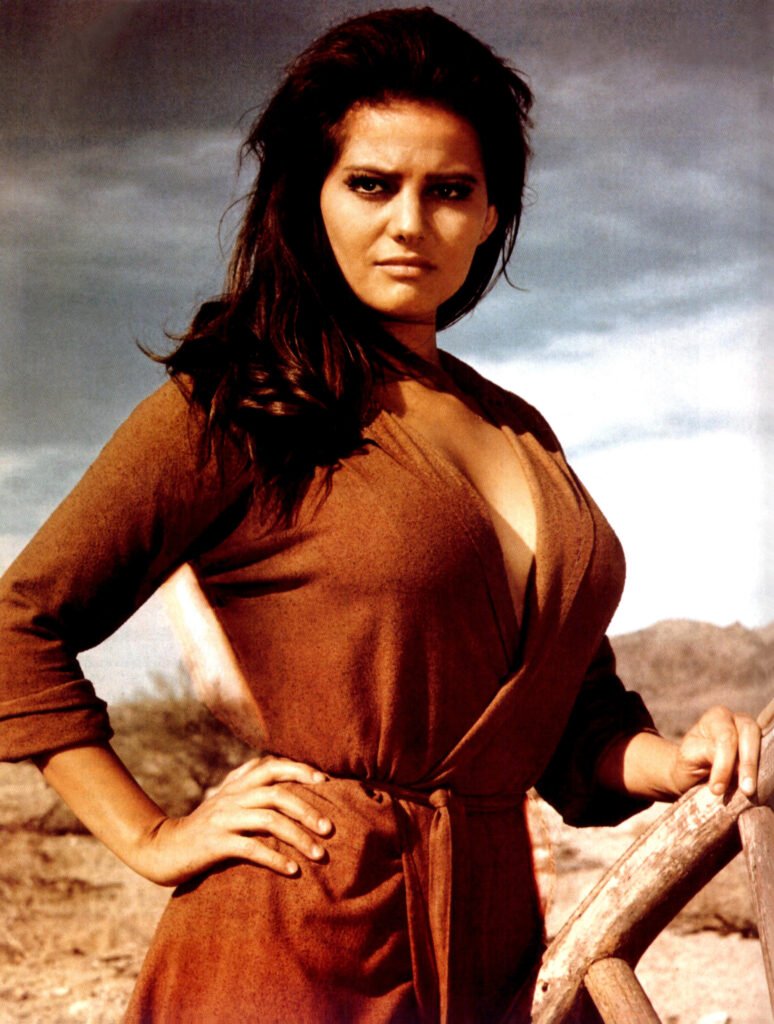
She added that he would have the actors listen to the score before filming a scene, and that he would have the music created before shooting started. Speaking about her US acting career, the native Tunisian said, “My main advantage was that I didn’t ask to go to Hollywood, they called me.”
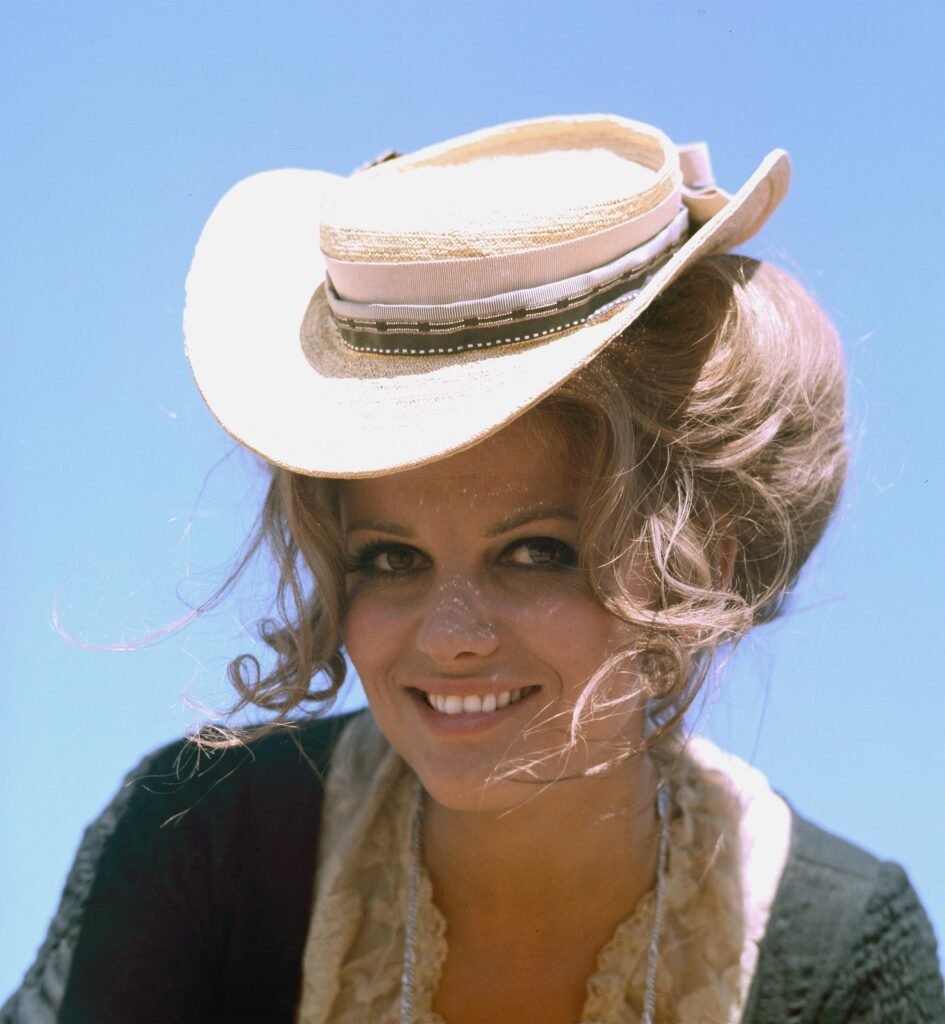
Hollywood studios rushed to seize any new celebrity that came up in that era, hoping to seize control of all the burgeoning talent. Actors are frequently tied by tight contracts from them, which may ultimately stifle their careers.

Cardinale was able to shield her own route, though. She declined to sign an exclusive deal with Universal, choosing instead to accept one contract at a time. This allowed her to maintain her career and traverse the industry on her own terms.
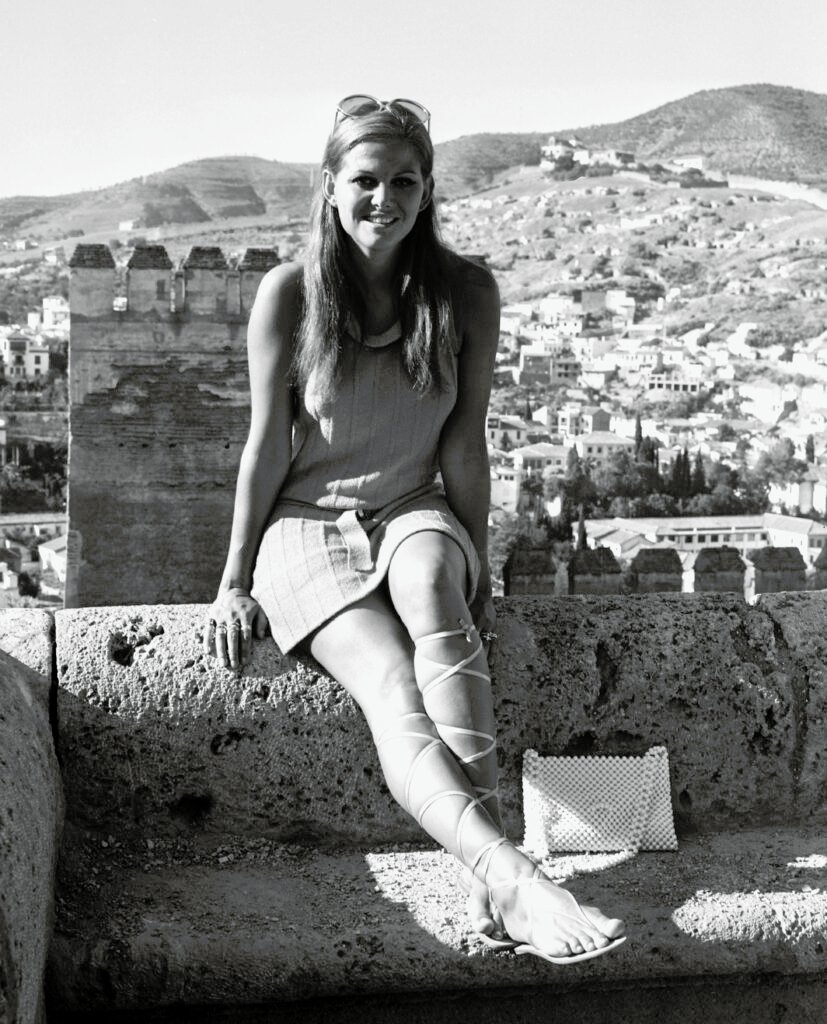
In addition to making her mark in “The Pink Panther” and “The Professionals,” Cardinale spent three years in Hollywood, appearing on screen alongside well-known actors like Rock Hudson in “Blindfold” and alongside John Wayne and Rita Hayworth in “Circus World.”
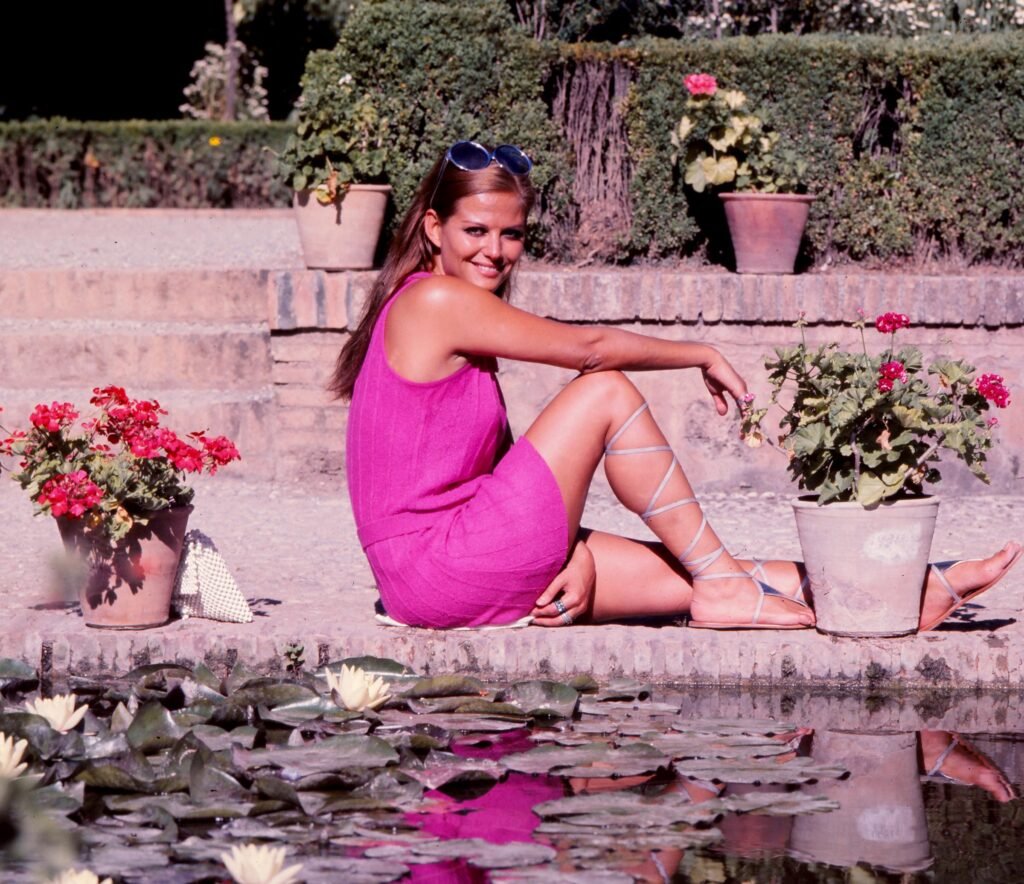
She also got to socialize with a number of Hollywood icons, such as Warren Beatty, Steve McQueen, and Barbra Streisand.
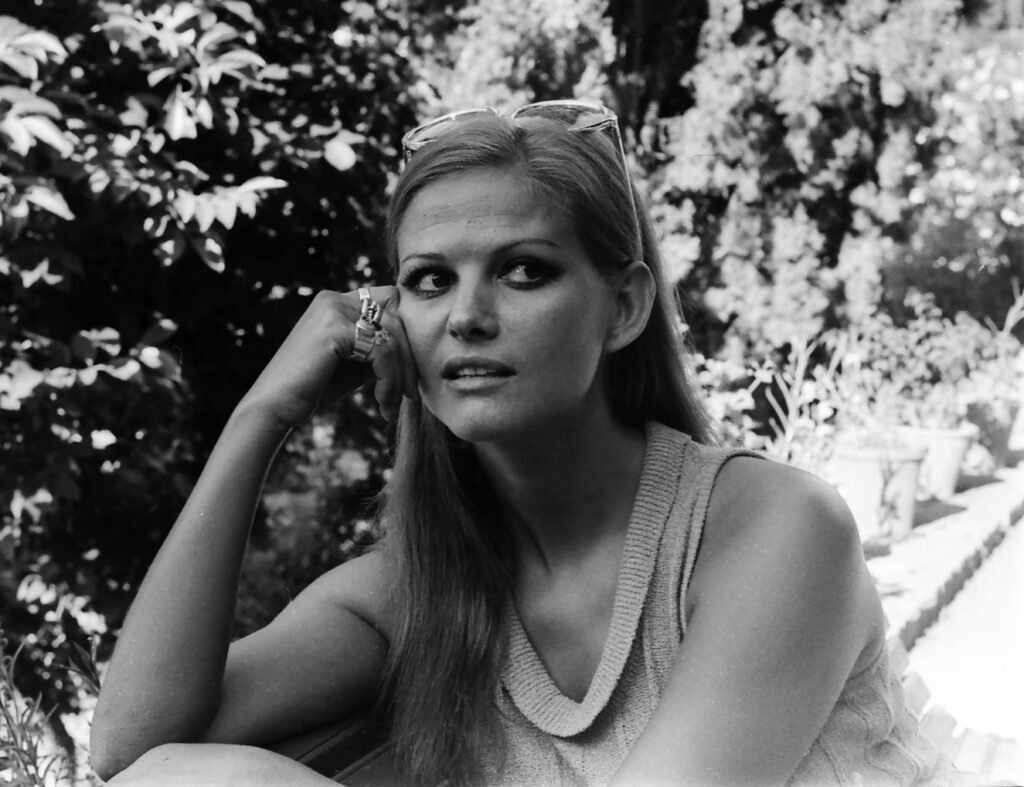
Mauro Bolognini’s “The Lovemakers,” in which Cardinale acted alongside Jean-Paul Belmondo, and Valerio Zurlini’s “Girl With a Suitcase,” in which she played an independent-minded singer, were the two films that Cardinale presented at Cannes for the first time in 1961.
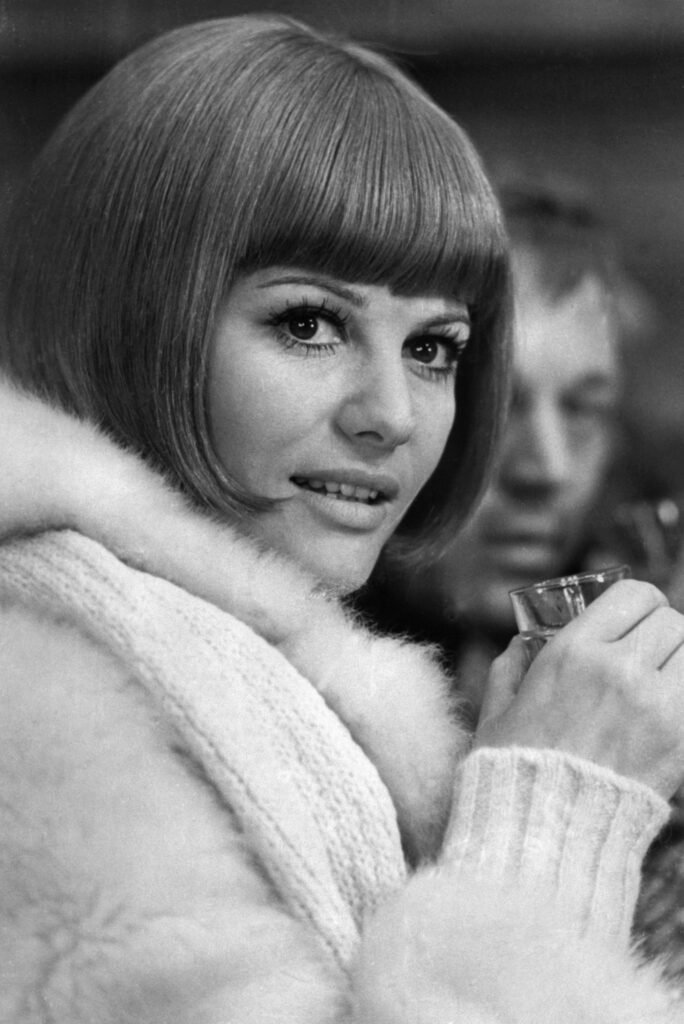
In 1963, she made a comeback to the Croisette with two seminal films: Federico Fellini’s “8½” and Luchino Visconti’s “The Leopard.” In an interview, the renowned actress clarified that she shot the two films at the same time.

Cardinale disclosed that at the time, she had very long hair, but Fellini liked a blonde appearance, while Visconti wanted her to have dark hair. She was forced to adjust her hair color every two weeks in order to accommodate their divergent ideas.
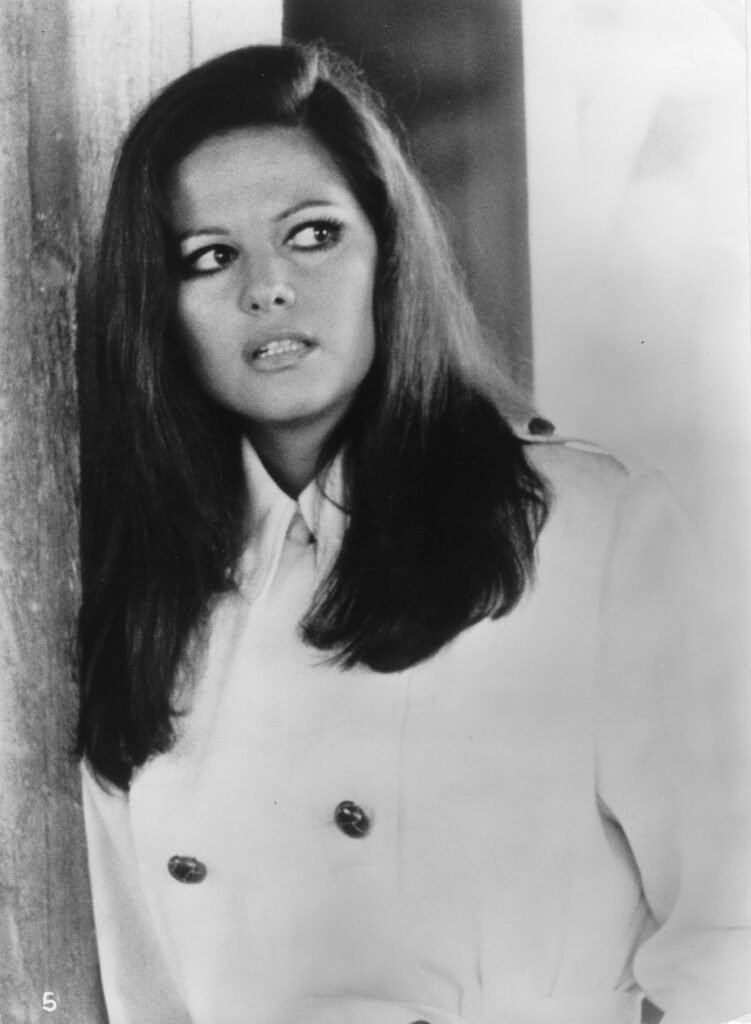
Subsequently, Cardinale began a three-year stint producing Hollywood motion pictures, including two co-starring roles with Rock Hudson, “Blindfold” and “Lost Command.”

She talked about the encounter, saying, “Universal wanted me to sign an exclusive contract at that time. Yet, I responded, “No, I’m European.” I’m returning. But they persisted a lot!”
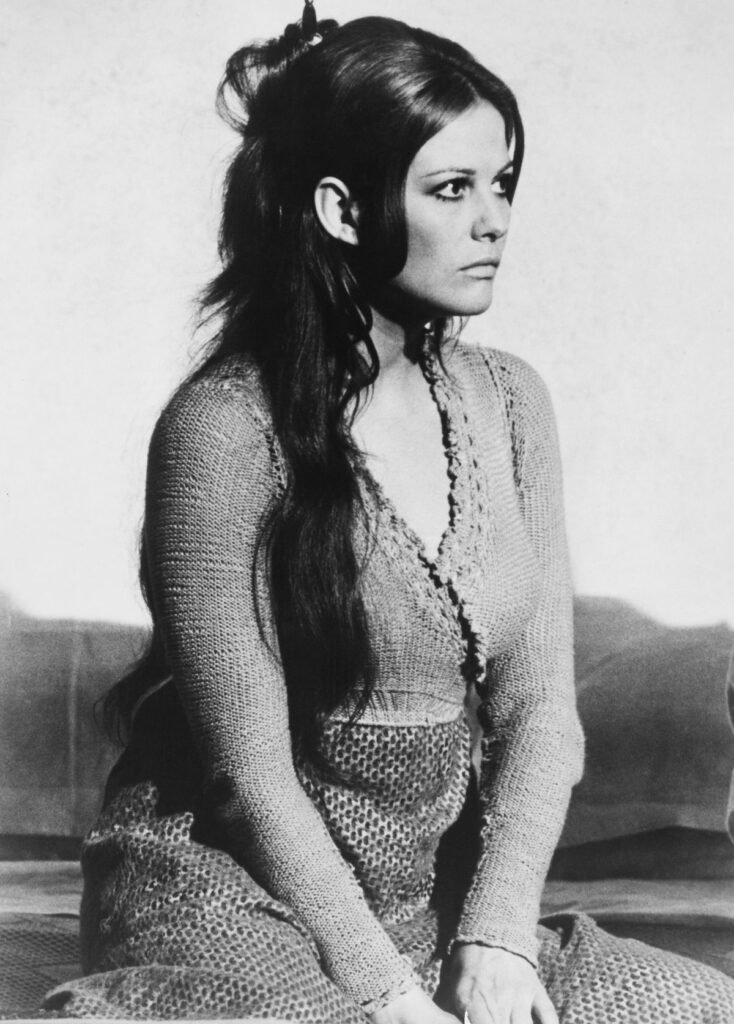
Cardinale has never taken part in a naked scene, in contrast to a lot of other women. She is passionate about women’s issues and has no interest in cosmetic surgery outside of her work in films.
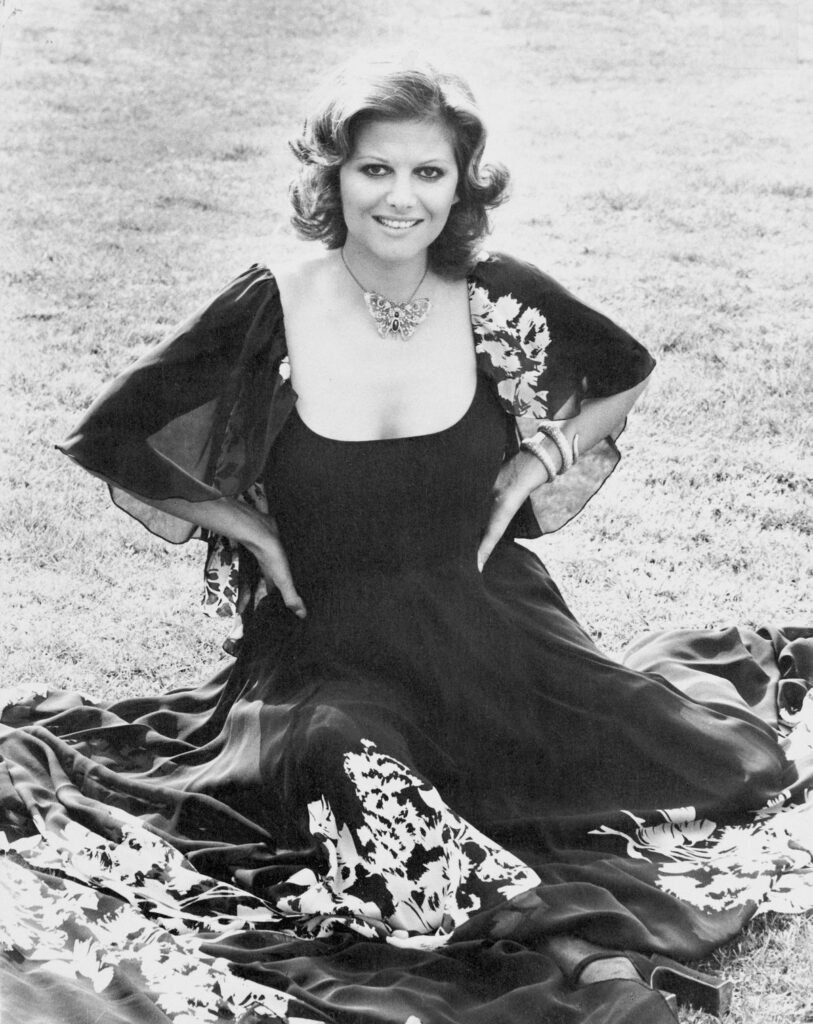
In an interview, she once said, “I’ve never done lifting in the face, what do you say? similar things. “Wait until you are older; you will always be smiling,” my mother would often say. It is accurate. Why then would you conceal it?”
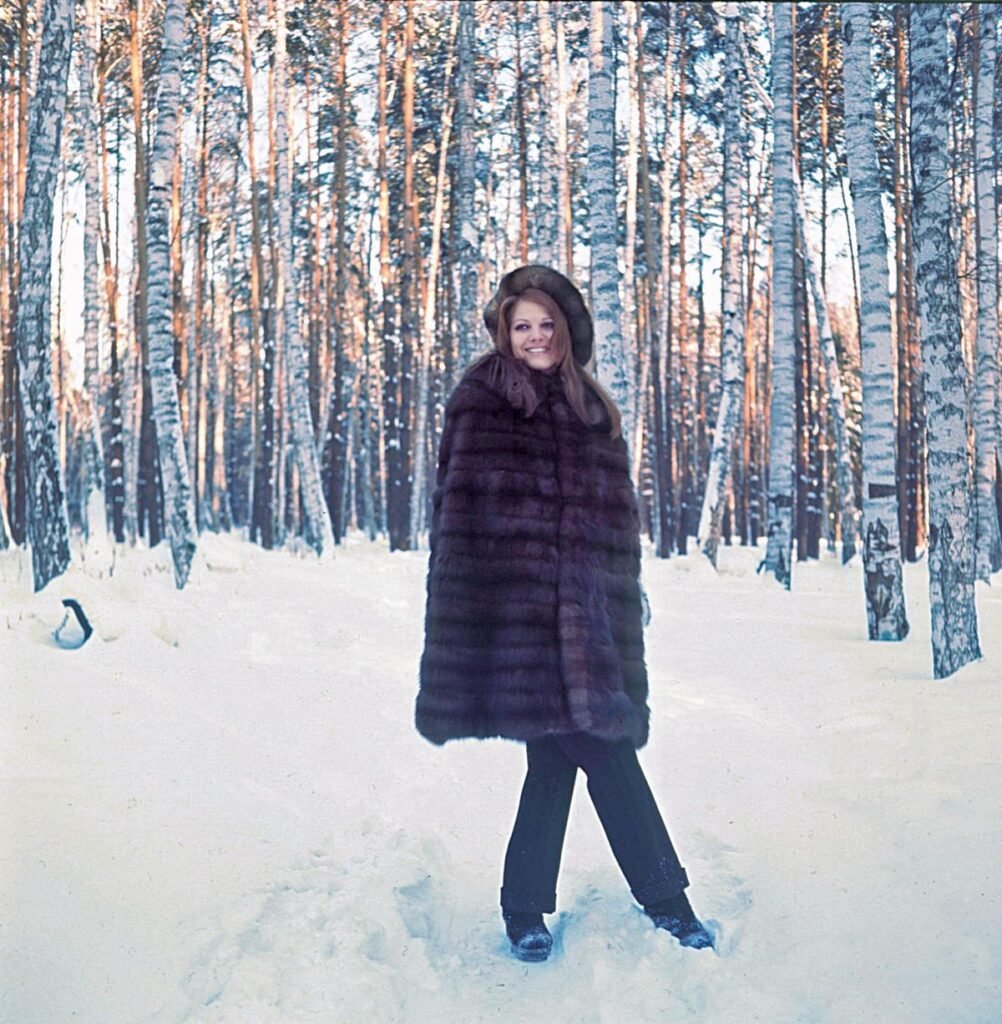
The actor is still very much involved in the entertainment industry; his picture “And Now…Ladies and Gentlemen” was once presented at the Cannes picture Festival outside of competition.
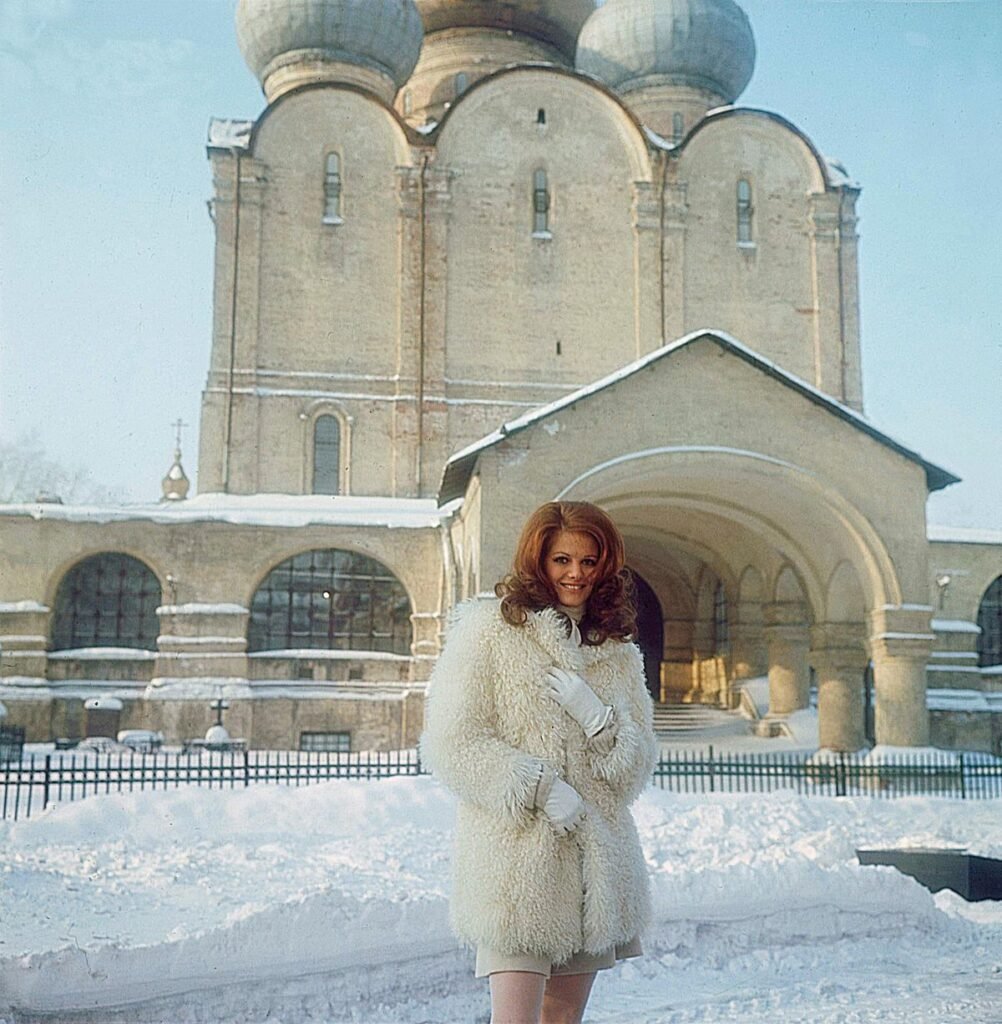
Her final motion picture role was in the Italian-Tunisian film “The Island of Forgiveness.” “The most important thing is to stay active,” Cardinale said in reference to her continuous appearance on screens at the age of 77. Since time cannot be stopped, I dislike all of these facelifts and plastic surgery procedures.”
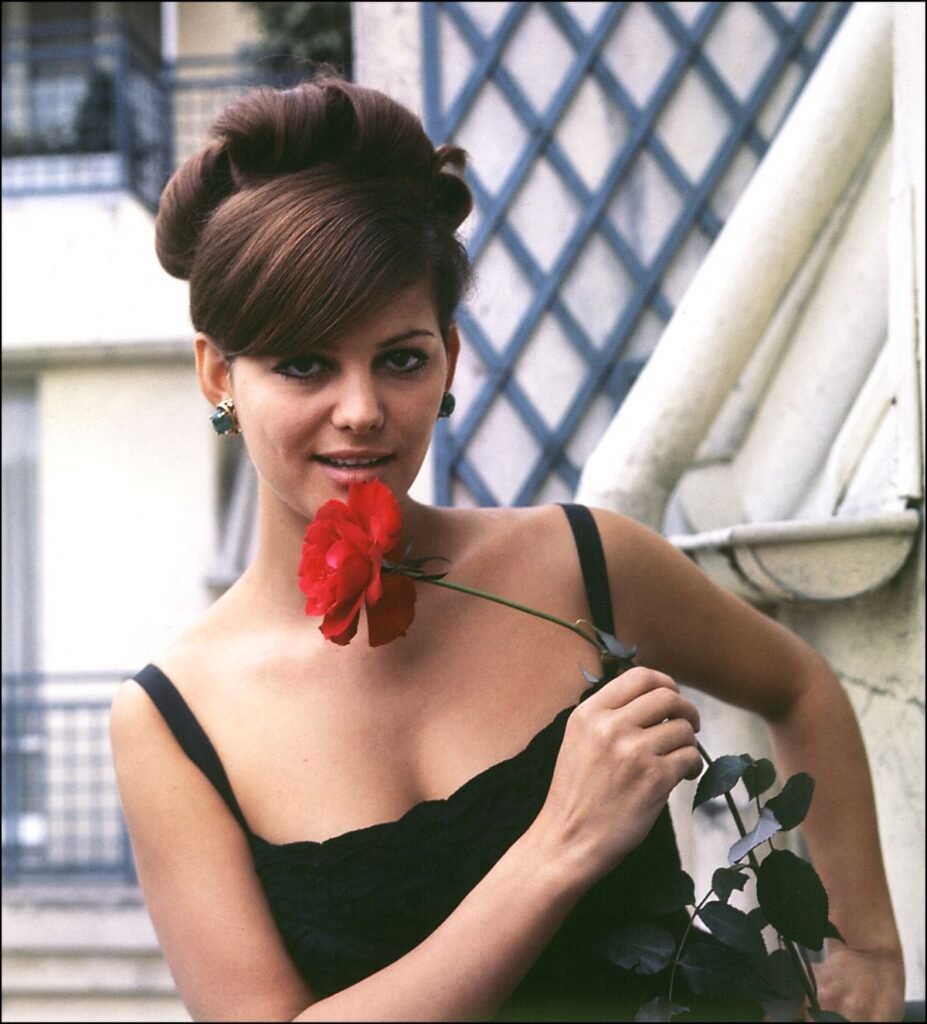
The “Most Beautiful Italian Girl in Tunisia” title was previously won by the “All Roads Lead to Rome” actress in 1957. See how the 86-year-old actress has changed throughout the years to showcase her breathtaking beauty.
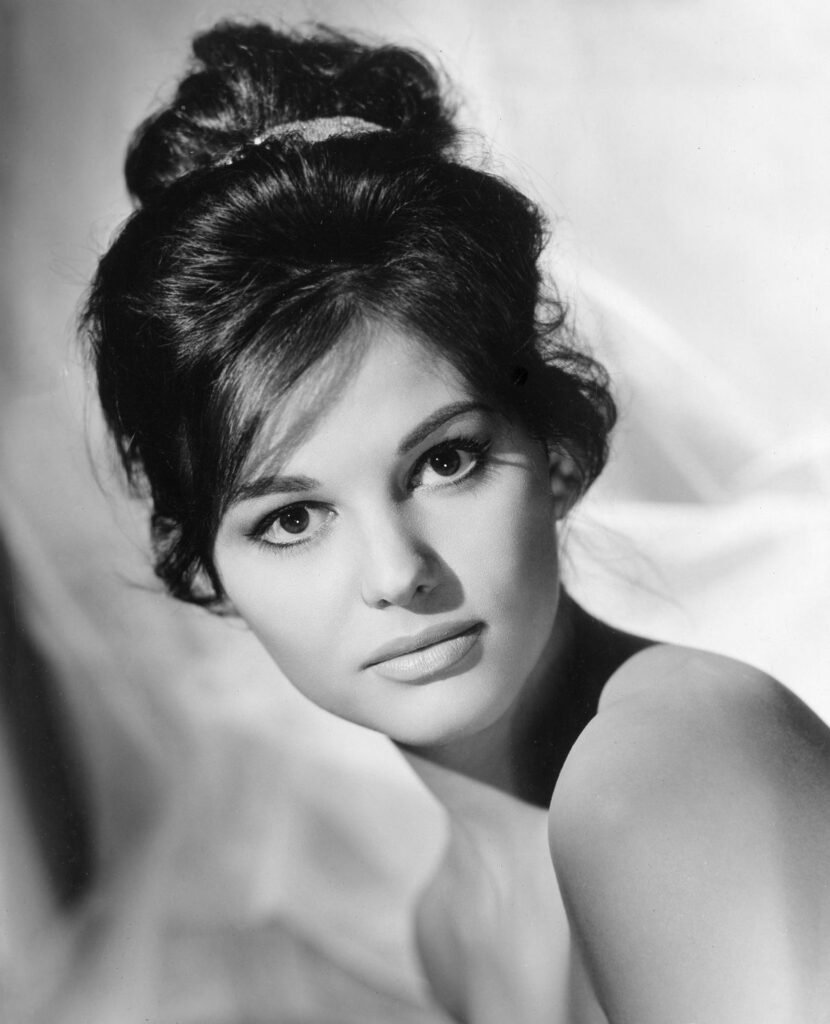
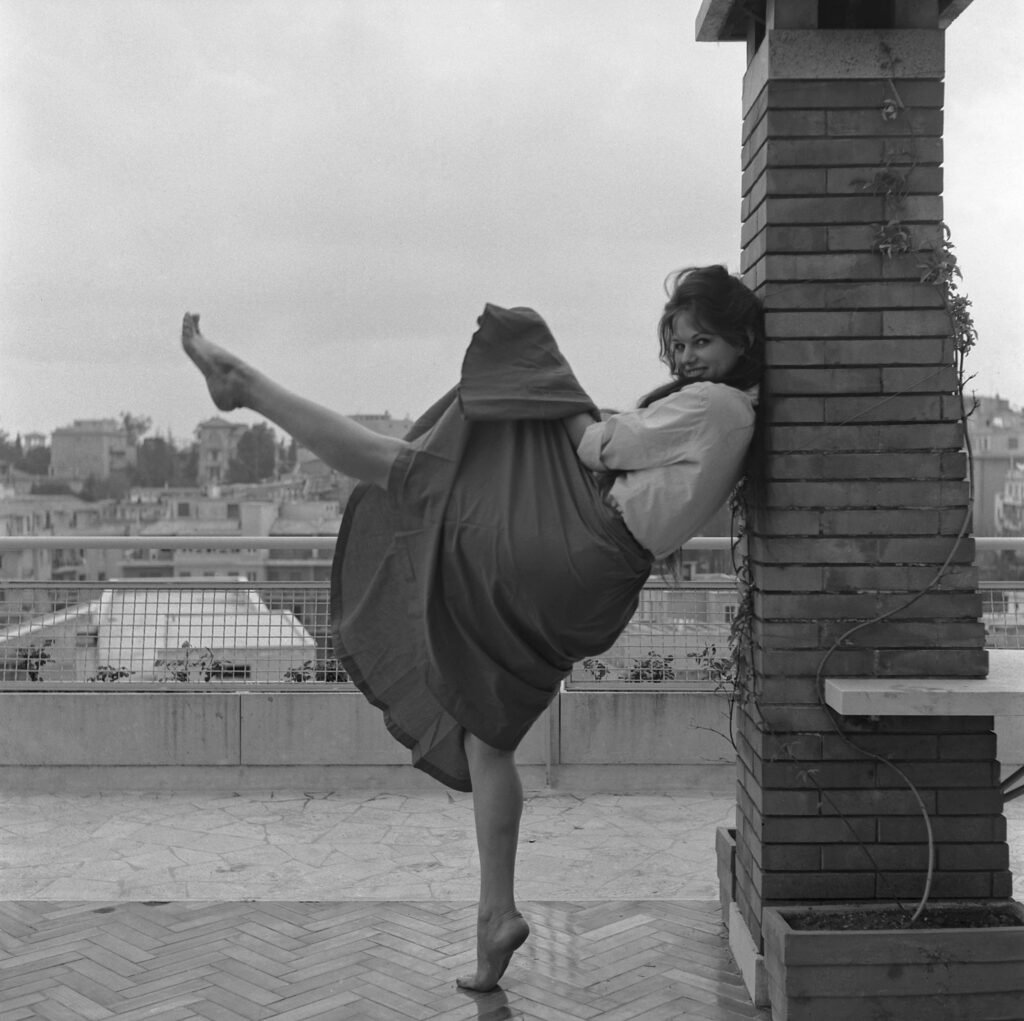
Cardinale in the 1960s
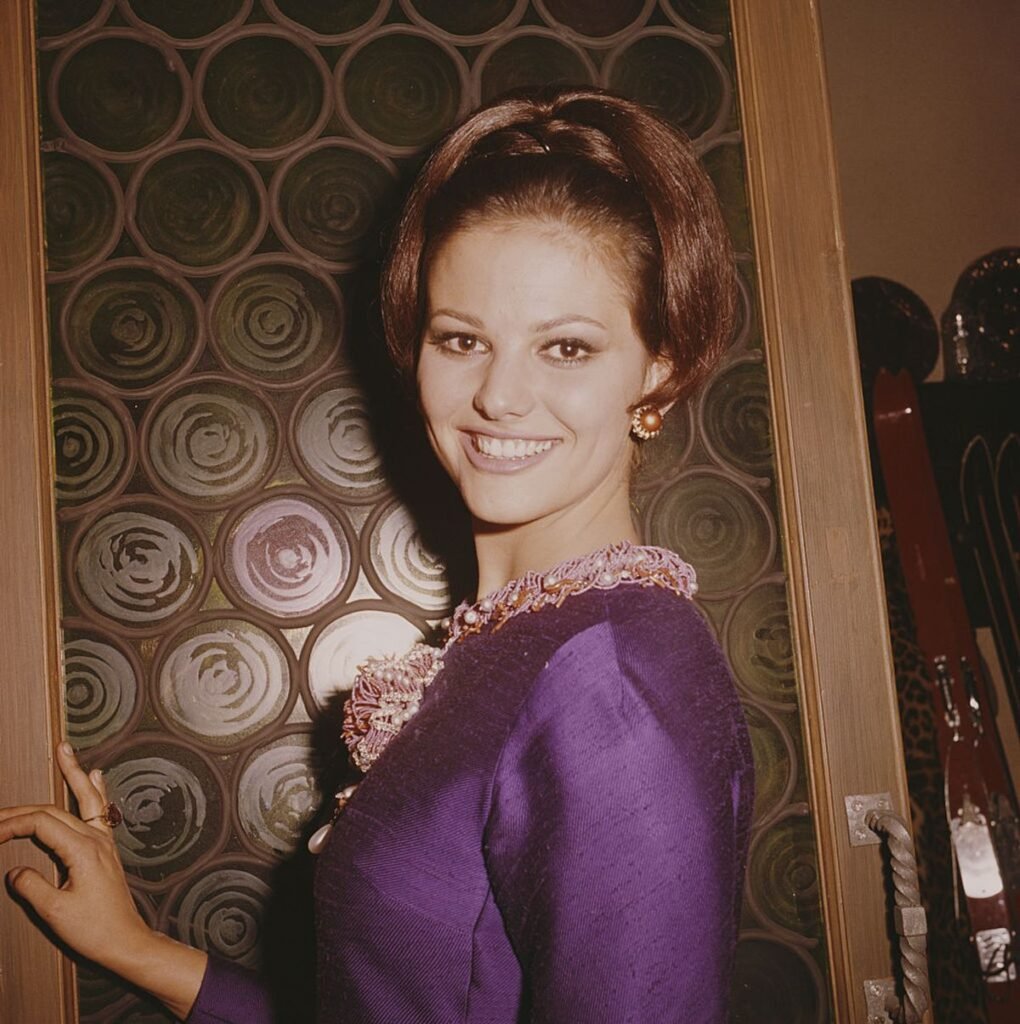
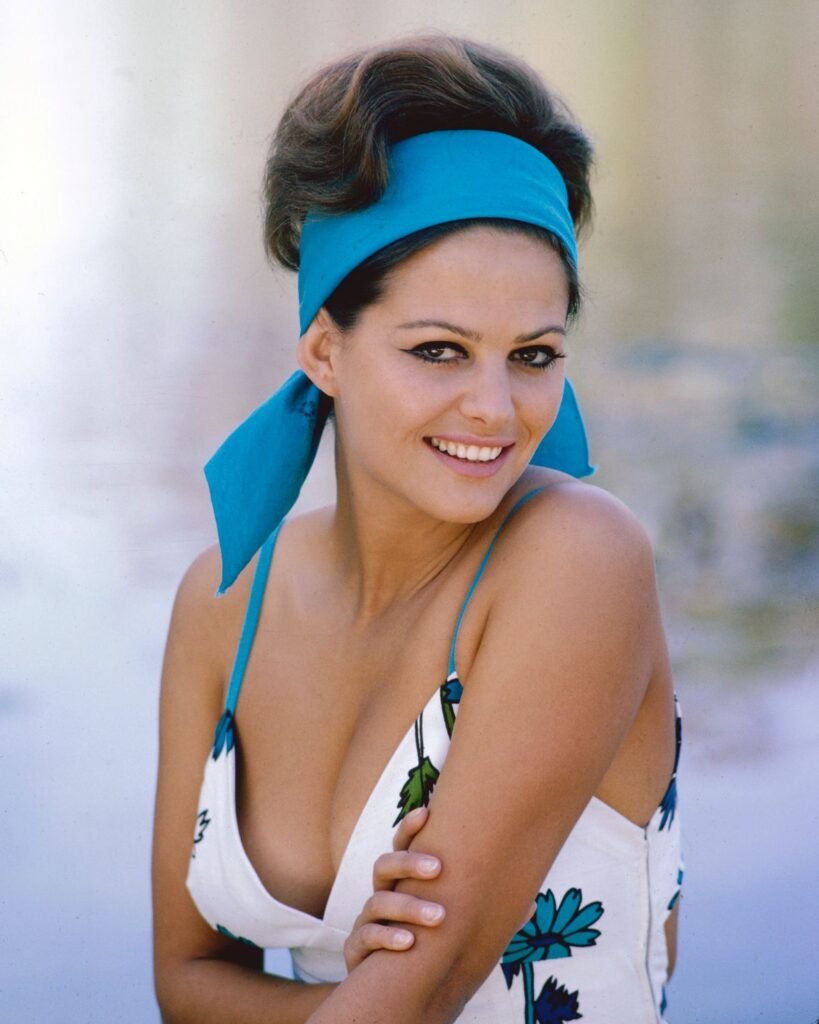
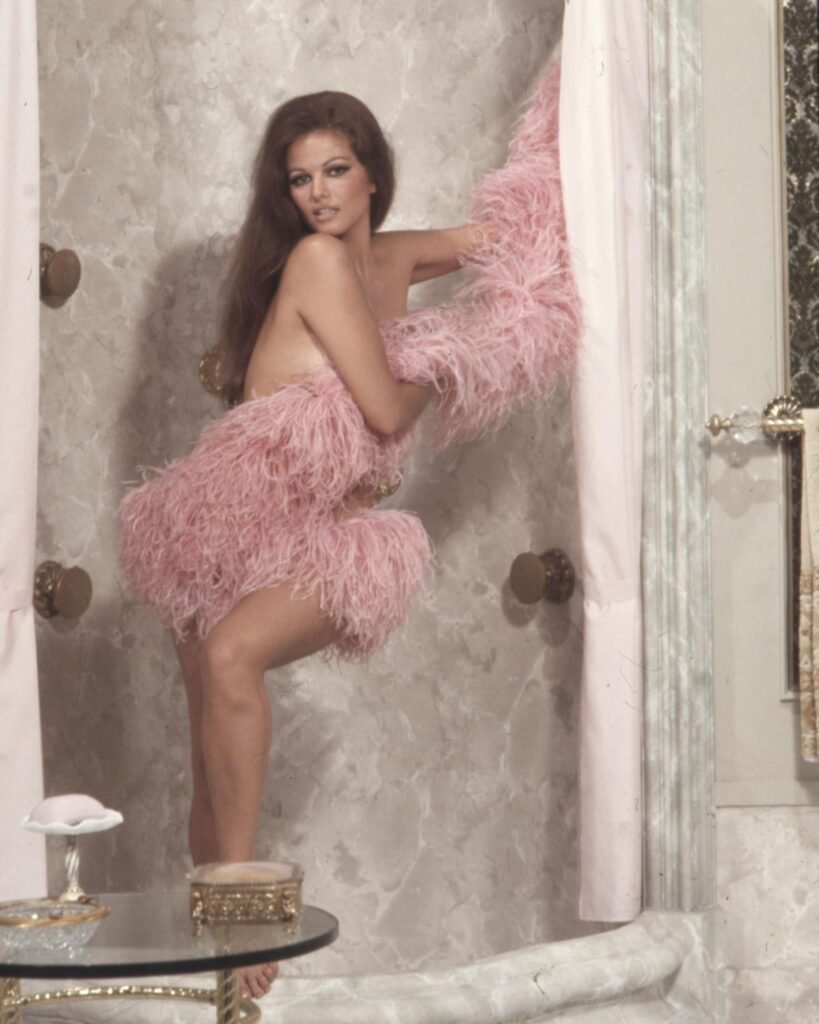
Cardinale in the 1970s
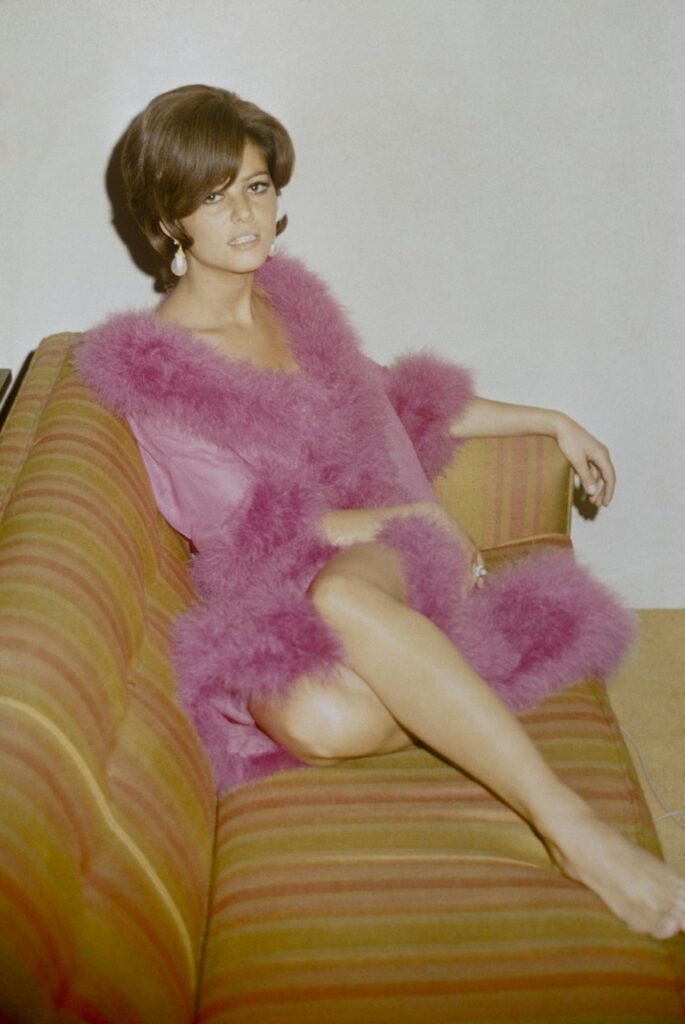

Cardinale in the 1980s
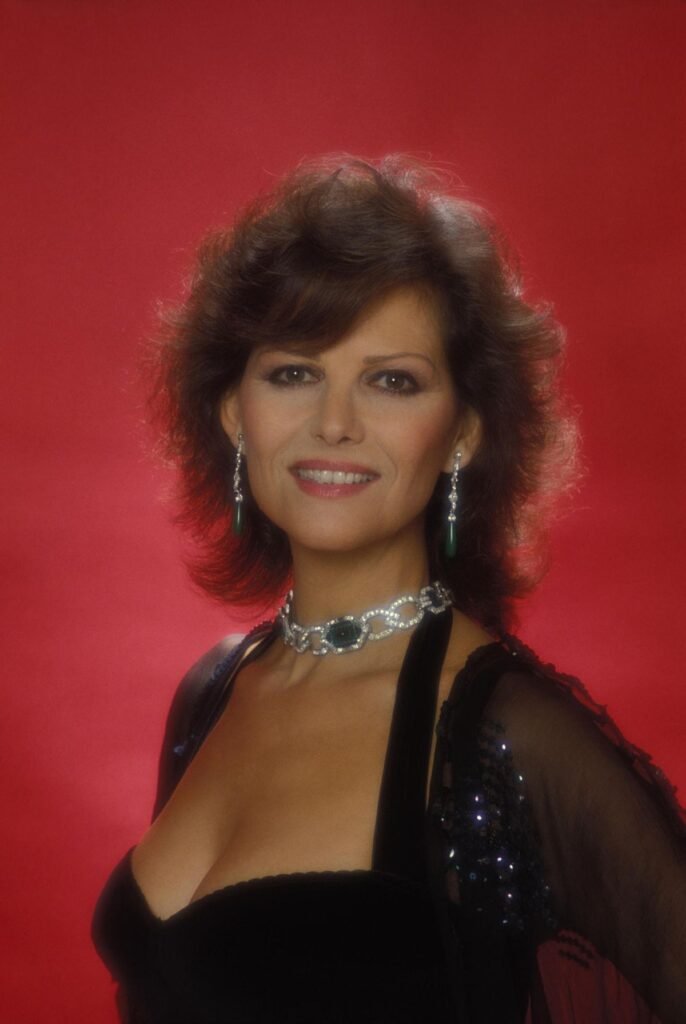
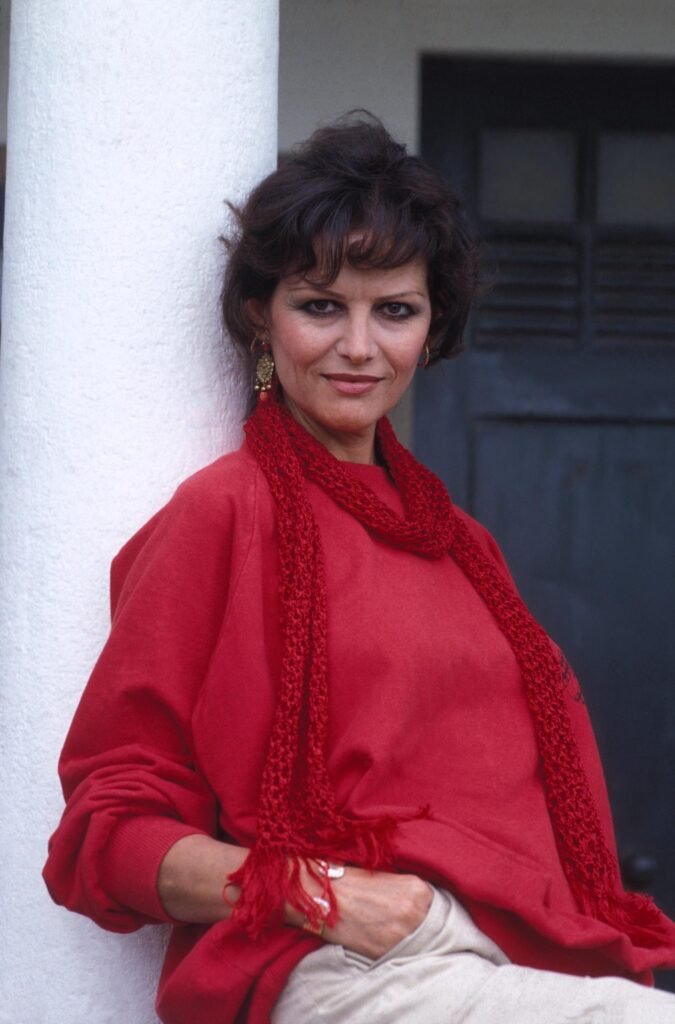
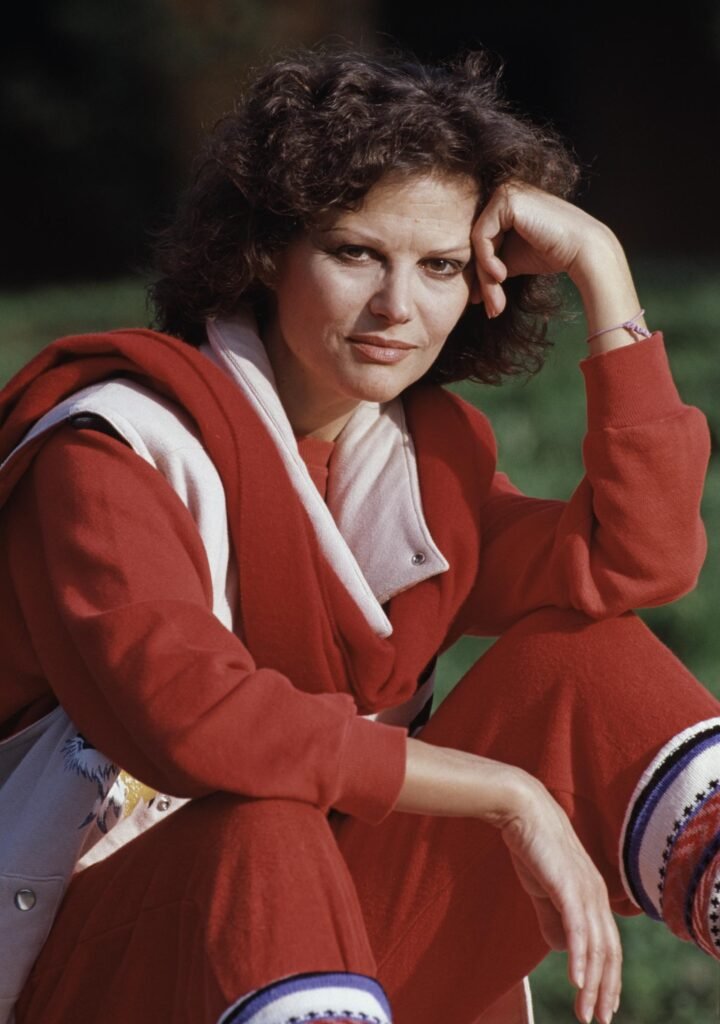
Cardinale in the 1990s

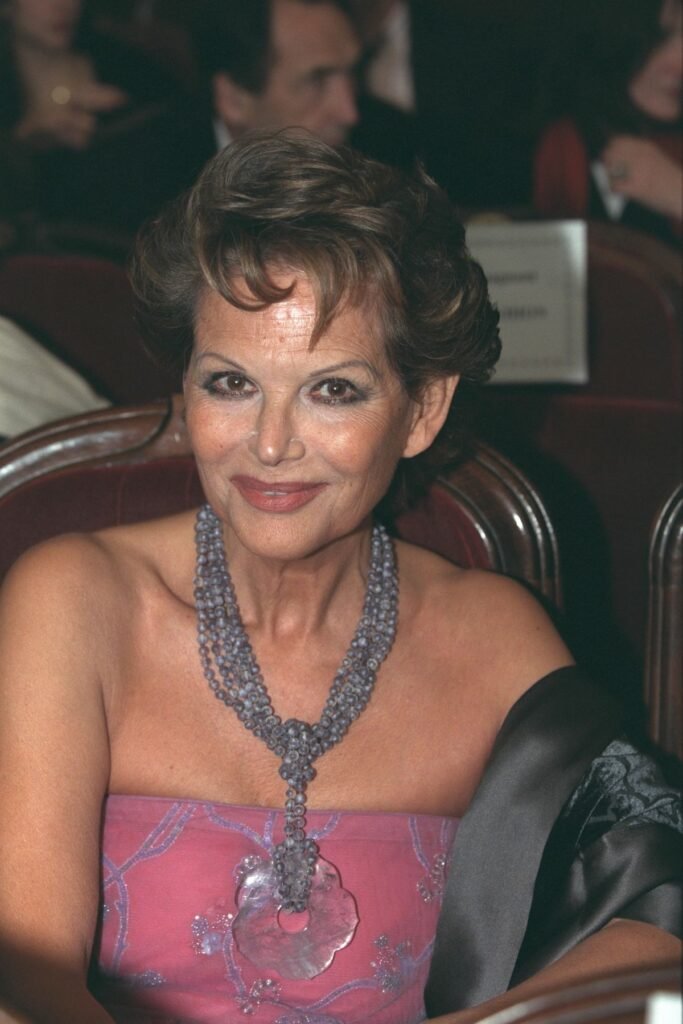

Cardinale in the 2000s
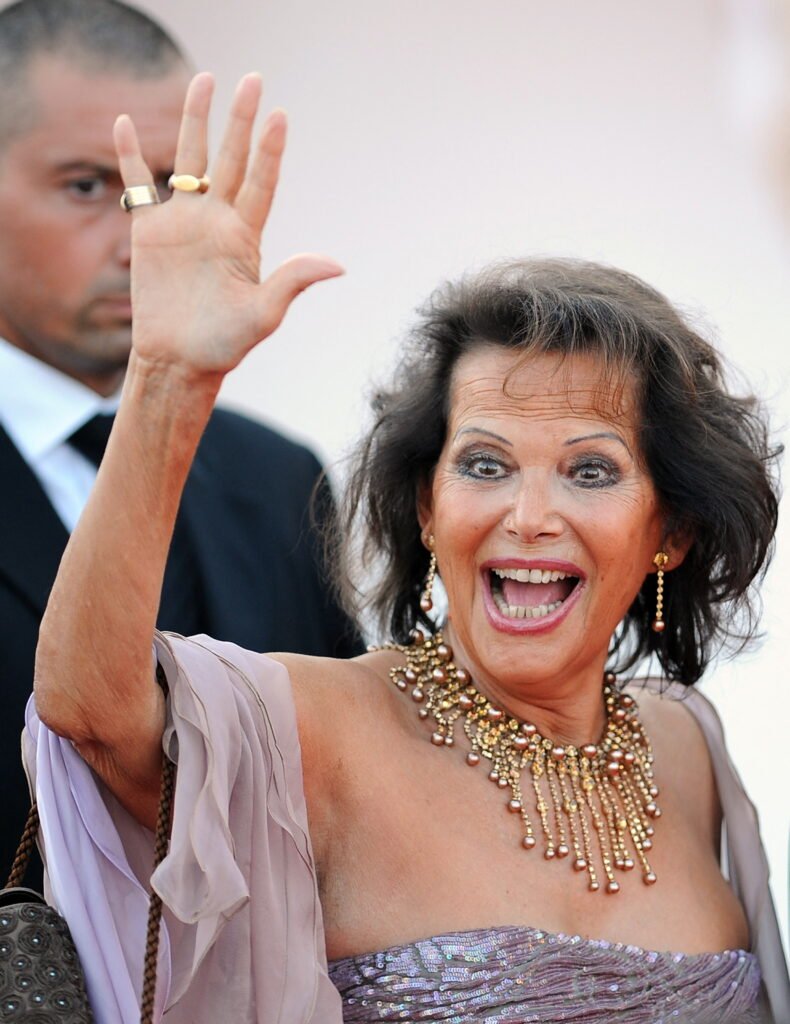
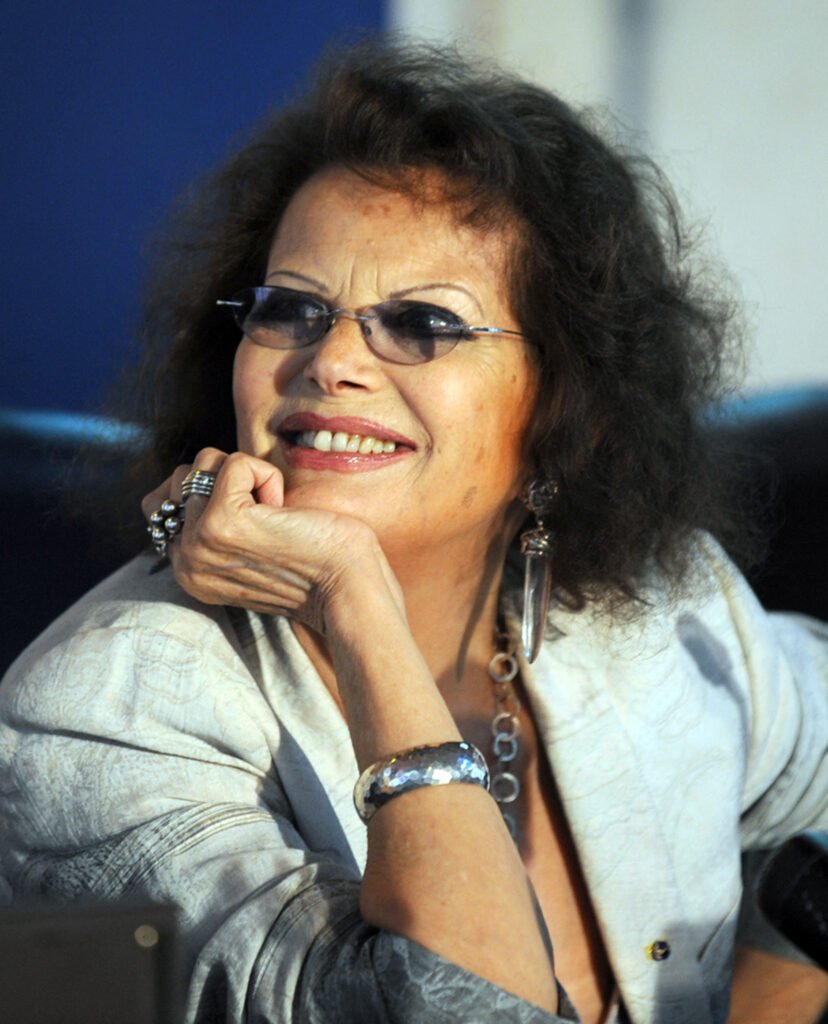
Cardinale in the 2010s
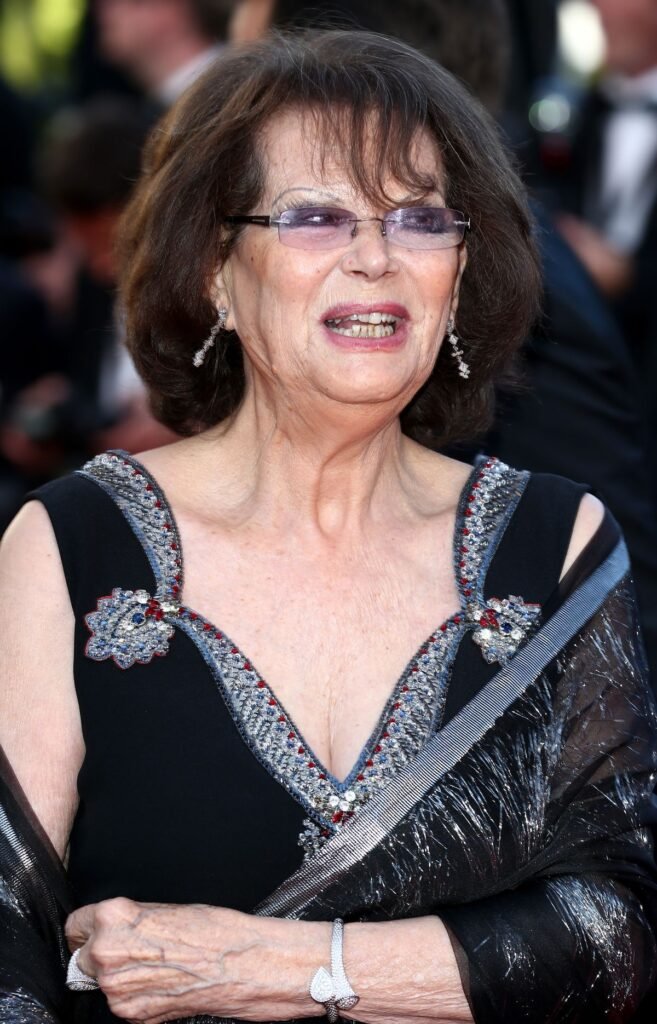
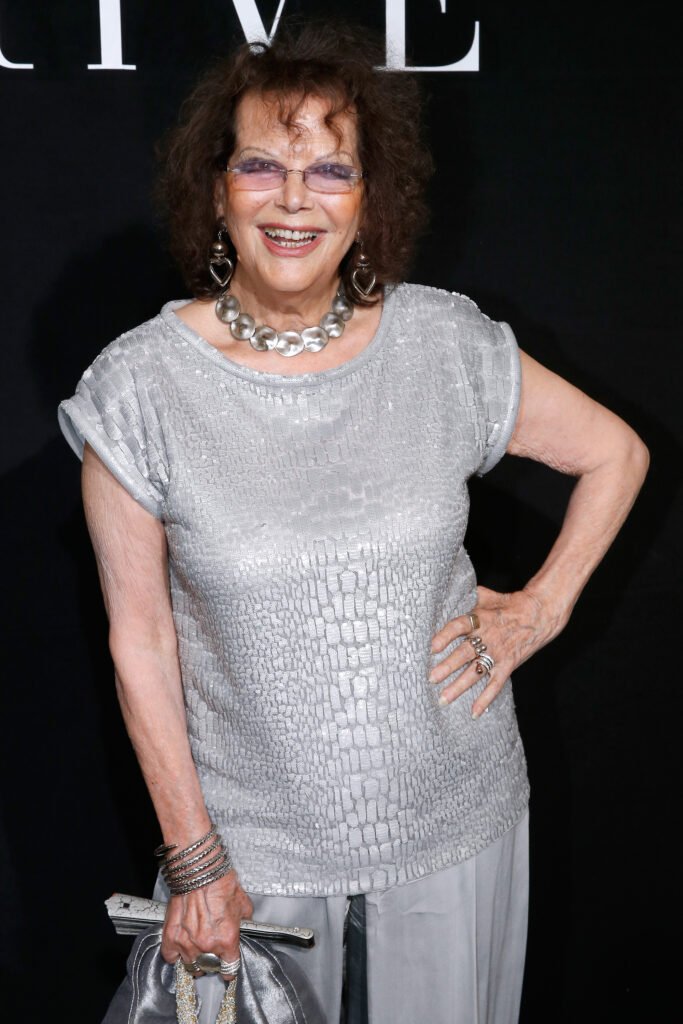
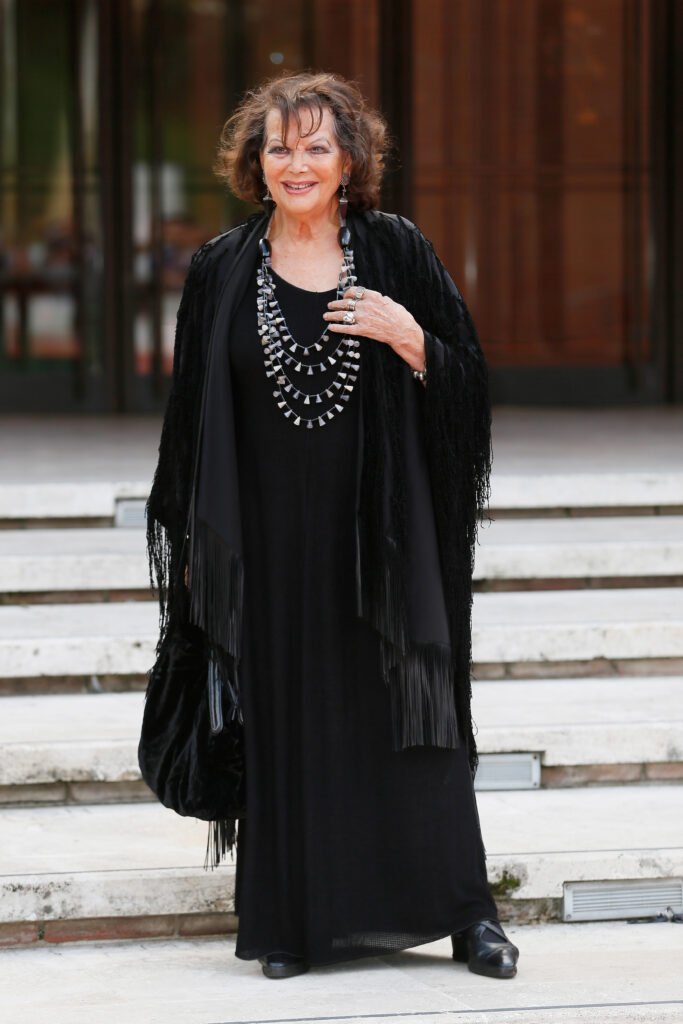
Cardinale in the 2020s
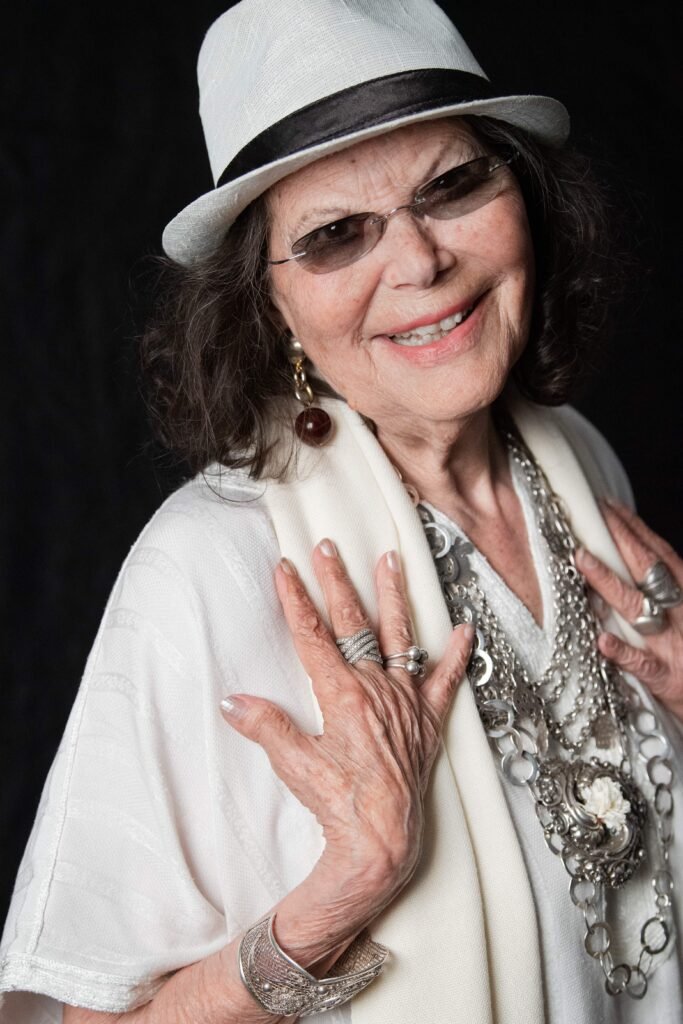
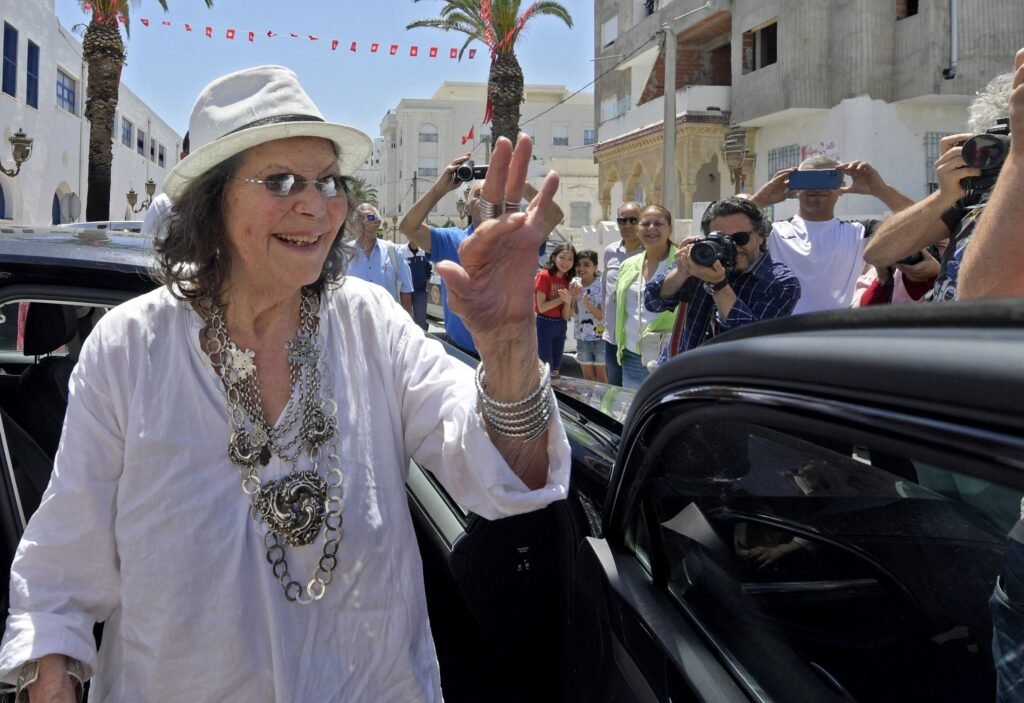
Cardinale’s career spans several decades, demonstrating her enduring brilliance, grace, and fortitude. One of the most recognizable stars of Hollywood’s heyday, she has inspired others to embrace honesty and inherent beauty in addition to leaving a lasting impression on the motion picture business.
